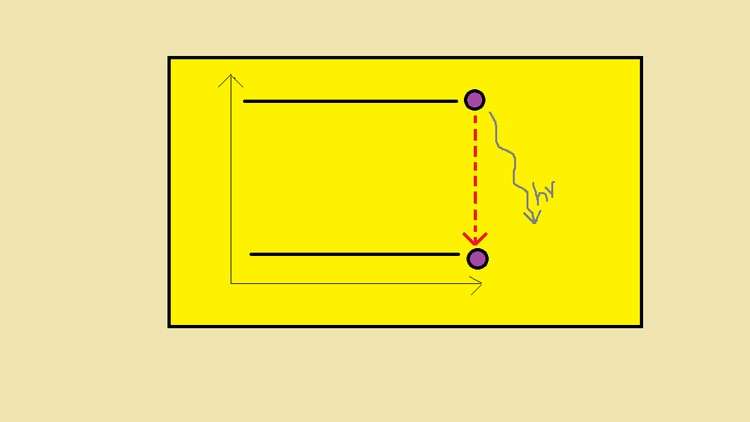
Flame atomic emission spectroscopy
What you will learn
Principle of Emission spectroscopy
Principle of Flame photometry
Instrumentation of flame photometry
Detectors used in flame photometry
Description
Flame Photometry is one of the spectroscopic technique used for analysis of metals. It is also known as Flame atomic emission spectroscopy. It involves measuring of wavelength or intensity of photons emitted when electrons transit from higher excited levels to lower or ground state energy level. Flame photometry technique uses flame as a source of energy to excite the molecules and convert them to atom. Further these atoms become excited by gaining energy from the flame. As atoms cannot stay into the ground state for longer duration, they return back to the lower energy level or ground state and in doing so they emit energy in form of the photons. By measuring the intensity or wavelength of emitted radiation, analysis of metal can be done. Parts of flame photometer mainly includes: burner, atomiser, optical system and detectors. Two types of flame photometers are available: single beam and double beam. Flame photometry is particularly useful for analysis of metals of group 1 and group 2, i.e. alkali metals and alkaline earth metals. Both qualitative as well as quantitative analysis is possible using flame photometer. Flame photometry finds variety of applications in pharmaceutical as well as non pharmaceutical fields such as analysis of soil, food products etc.
Content